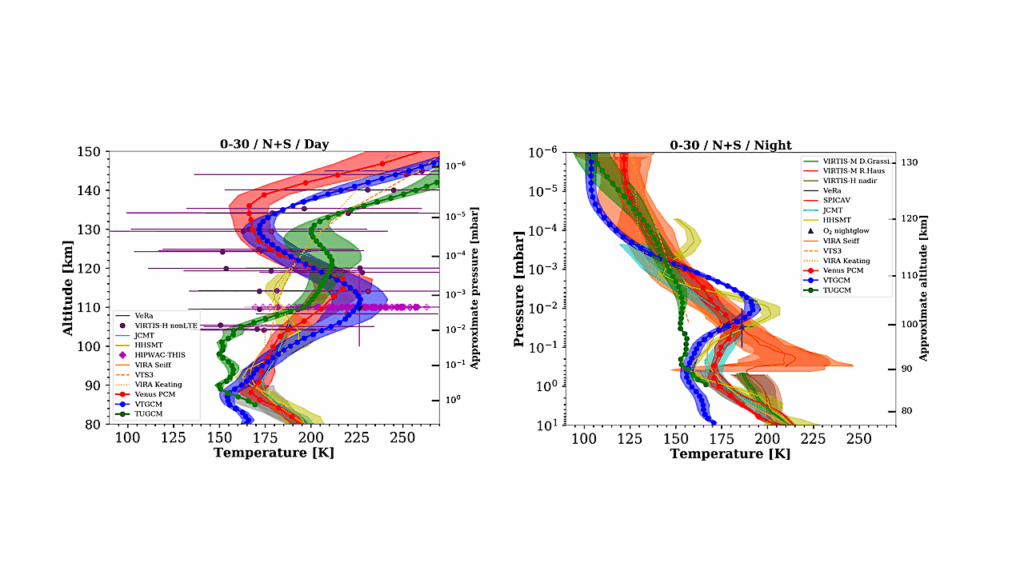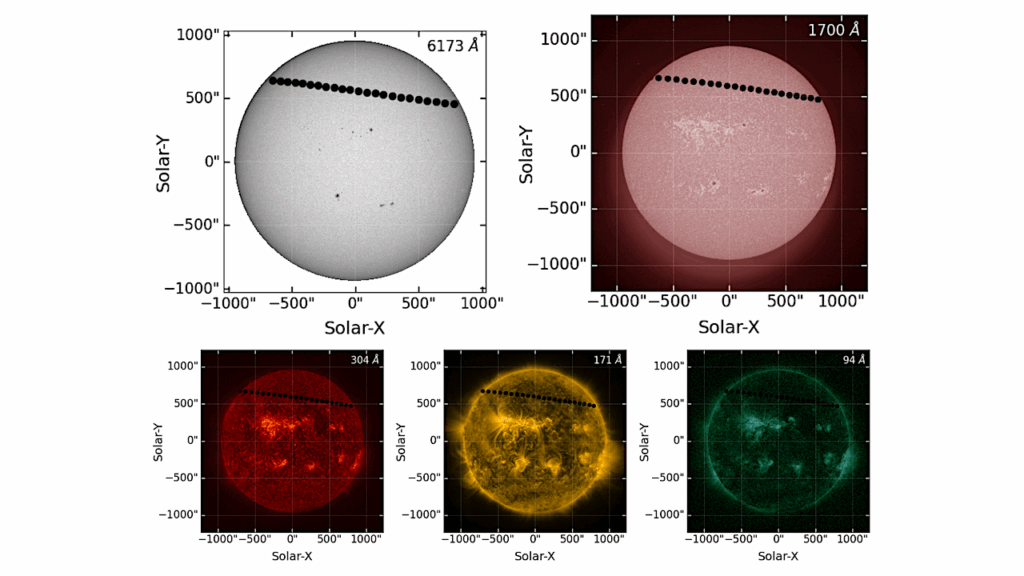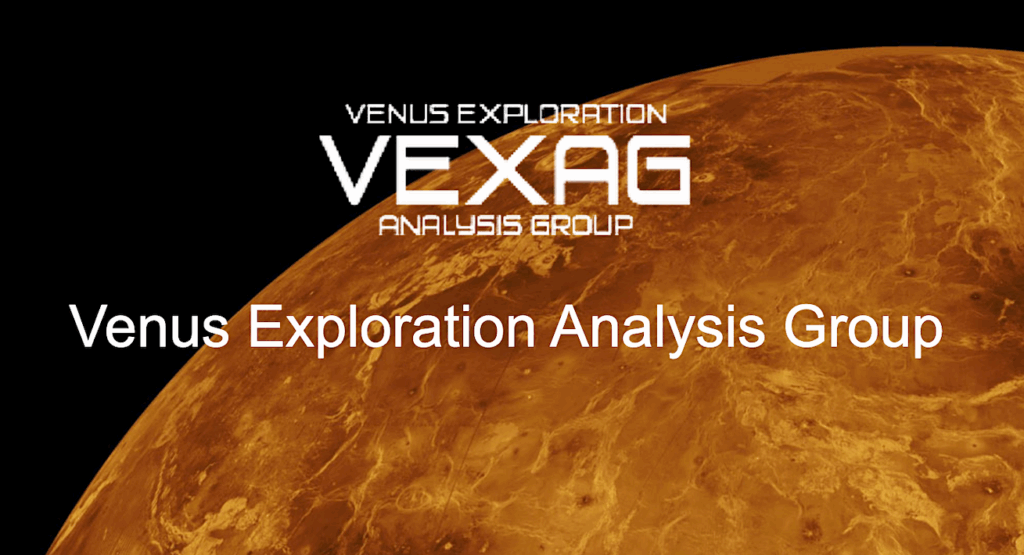Phosphine On Venus Cannot Be Explained By Conventional Processes

The recent candidate detection of 20 ppb of phosphine in the middle atmosphere of Venus is so unexpected that it requires an exhaustive search for explanations of its origin. Phosphorus-containing species have not been modelled for Venusian atmosphere before and our work represents the first attempt to model phosphorus species in Venusian atmosphere.
We thoroughly explore the potential pathways of formation of phosphine in a Venusian environment, including in the planet’s atmosphere, cloud and haze layers, surface, and subsurface. We investigate gas reactions, geochemical reactions, photochemistry, and other non-equilibrium processes. None of these potential phosphine production pathways are sufficient to explain the presence of ppb phosphine levels on Venus.
The presence of PH3, therefore, must be the result of a process not previously considered plausible for Venusian conditions. The process could be unknown geochemistry, photochemistry, or even aerial microbial life, given that on Earth phosphine is exclusively associated with anthropogenic and biological sources. The detection of phosphine adds to the complexity of chemical processes in the Venusian environment and motivates in situ follow up sampling missions to Venus.
William Bains, Janusz J. Petkowski, Sara Seager, Sukrit Ranjan, Clara Sousa-Silva, Paul B. Rimmer, Zhuchang Zhan, Jane S. Greaves, Anita M. S. Richards
Subjects: Earth and Planetary Astrophysics (astro-ph.EP); Chemical Physics (physics.chem-ph)
Cite as: arXiv:2009.06499 [astro-ph.EP] (or arXiv:2009.06499v1 [astro-ph.EP] for this version)
Submission history
From: Janusz Petkowski
[v1] Mon, 14 Sep 2020 15:03:01 UTC (5,395 KB)
https://arxiv.org/abs/2009.06499
Astrobiology








